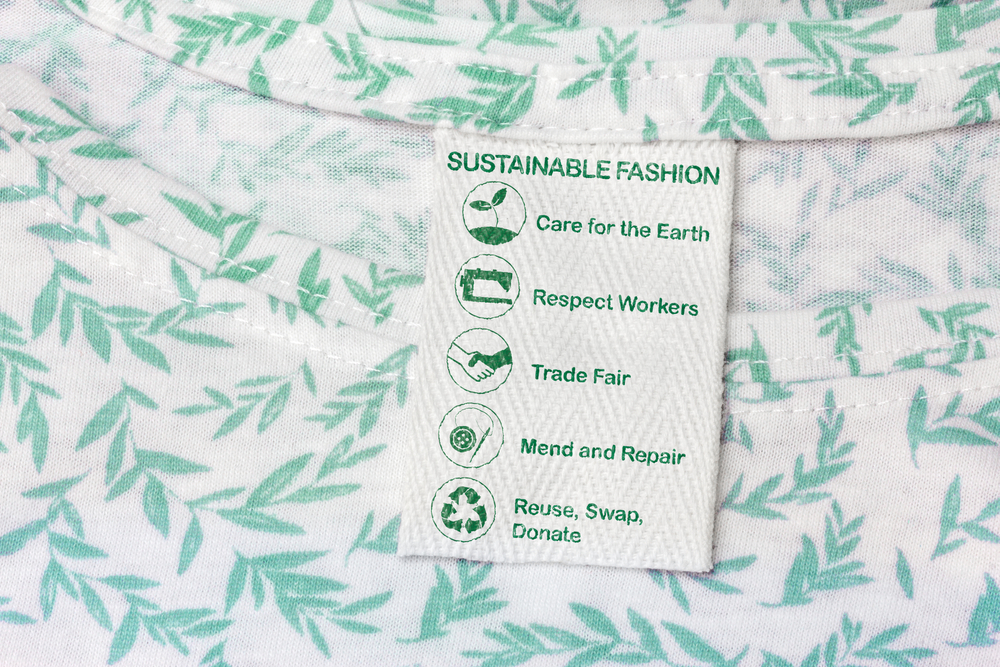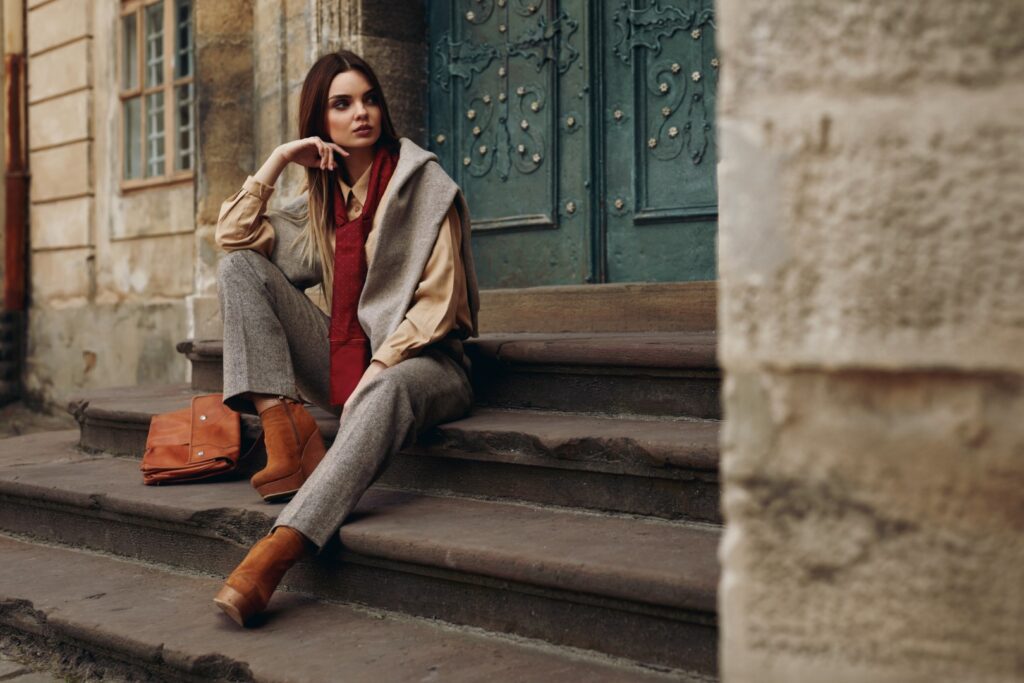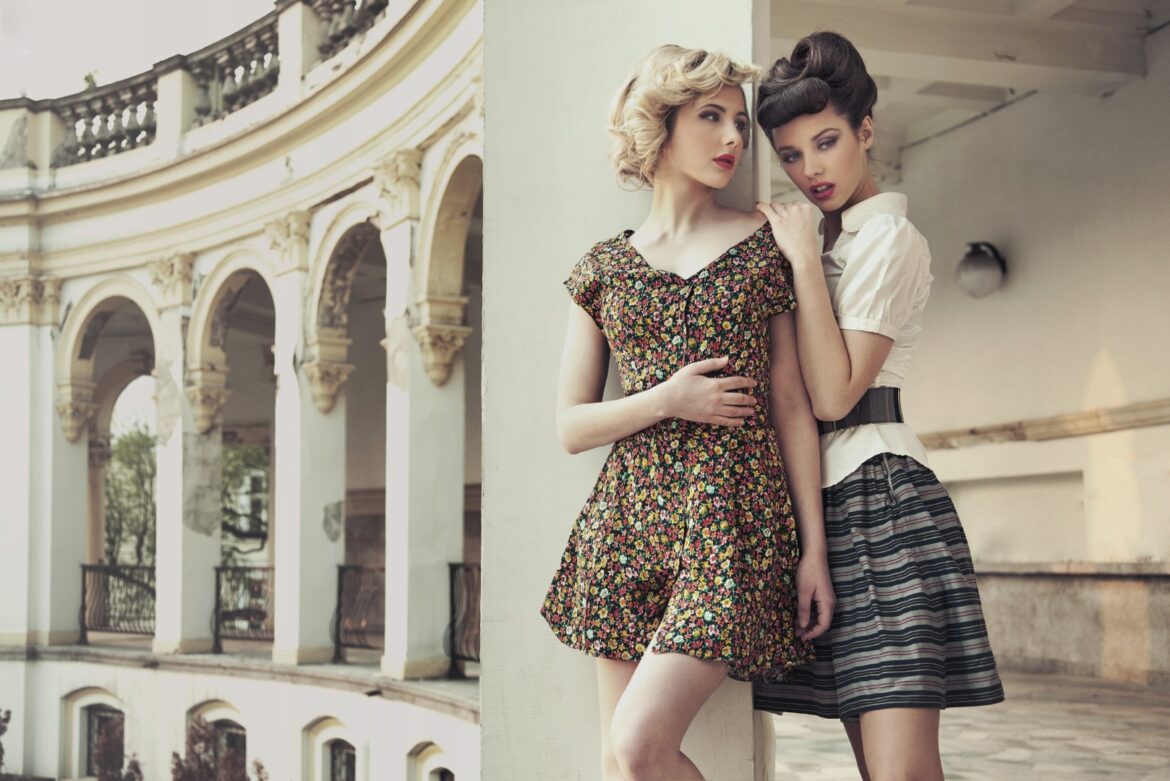Unlike jeans, joggers don’t make you sigh when you put them on because they are so unbelievably comfortable. Joggers are a terrific choice for workouts since they are the ideal compromise between sweatpants and leggings. They are also trendy and suitable for errands, brunch, and even traveling by plane. Joggers have attracted the most attention with the rise in popularity of athleisure wear because they are no longer just for the gym but also a great option for informal and public outings. We present to you today the best selection of joggers so that you can easily jump on the athleisure bandwagon.
7 Best Comfortable Joggers for Women
1. Lululemon High-Rise Cropped Jogger
Looking for a pair of loose-fitting bottoms to wear for leisure or running errands? You may dress up these cotton joggers for a day or night out or wear them for cuddling up at home. They are true chameleons. They have a loose fit and are made entirely of cotton. Perhaps most significantly, though, they have front pockets.

2. Van Heusen Athleisure Gym Joggers
You can get an athletic fit in these joggers. These are the kind of joggers that provide all-day comfort for you. Slide into these joggers for the gym, casual meetings, or a stroll, and effortlessly nail your casual look. These joggers are made of a combination of polyester and spandex that is incredibly comfortable. These joggers have pockets so you can easily keep your small stuff. It keeps you cool and your skin dry by absorbing moisture from the skin.
3. Everlane Track Jogger
According to the Global Organic Textile Standard, Everlane’s Track Jogger is extremely fashionable and constructed with certified organic cotton (GOTS). It has a casual tapered leg and an elastic drawstring waistline. Additionally, all eight of its color selections are soft neutrals that go well with anything in your wardrobe.
4. J Crew Jogger Pants
Since these J. Crew cotton joggers have a looser fit than typical sweatpants, they can be worn to create a smart-casual look while still looking adorable with a tee, denim jacket, and sandals. One customer likes that these aren’t ultra-slim but rather the perfect fit. Additionally equipped with pockets, these will allow you to zip out or unwind on a lazy Sunday while still feeling at home!

5. Alo Yoga Cargo Jogger
Women’s apparel frequently lacks in the pocket department; however, Alo Yoga is one exception. These high-rise cargo joggers, a favorite among the fashion set and ideal for travel, are just one of the many bottoms available from the L.A.-based brand’s extensive collection.
6. Caslon Linen Joggers
Women’s Caslon linen joggers are a fantastic hot-weather choice that looks equally good at the beach and in a city park. This laidback, tapering design looks great with espadrilles and sandals thanks to its softly ribbed ankle cuffs and drawstring waistband. Additionally, it features four pockets.
7. Calia Lustralux Jogger Pant
You will own these joggers for many years to come because they are made to last. Due to its relaxed, four-way stretch fabric, we advise including them in your WFH outfits or just for relaxing around the house. They are also made with Bodybreeze technology, a fabric that draws moisture away, so you stay fresh all day, so if you tend to perspire, do not worry. Women’s jogger clothes are a terrific method to seem at ease at any time of day when traveling. Joggers are merely dressed-up sweatpants in theory, but in practice, they are more fitting and taper at the ankle. They are typically made of heavy knit, although they can also be available in a wide range of different fabrics, such as linen and imitation leather. When coupled with wedges, sandals, or slip-on sneakers, they are incredibly flexible for casual to semi-formal attire!






























